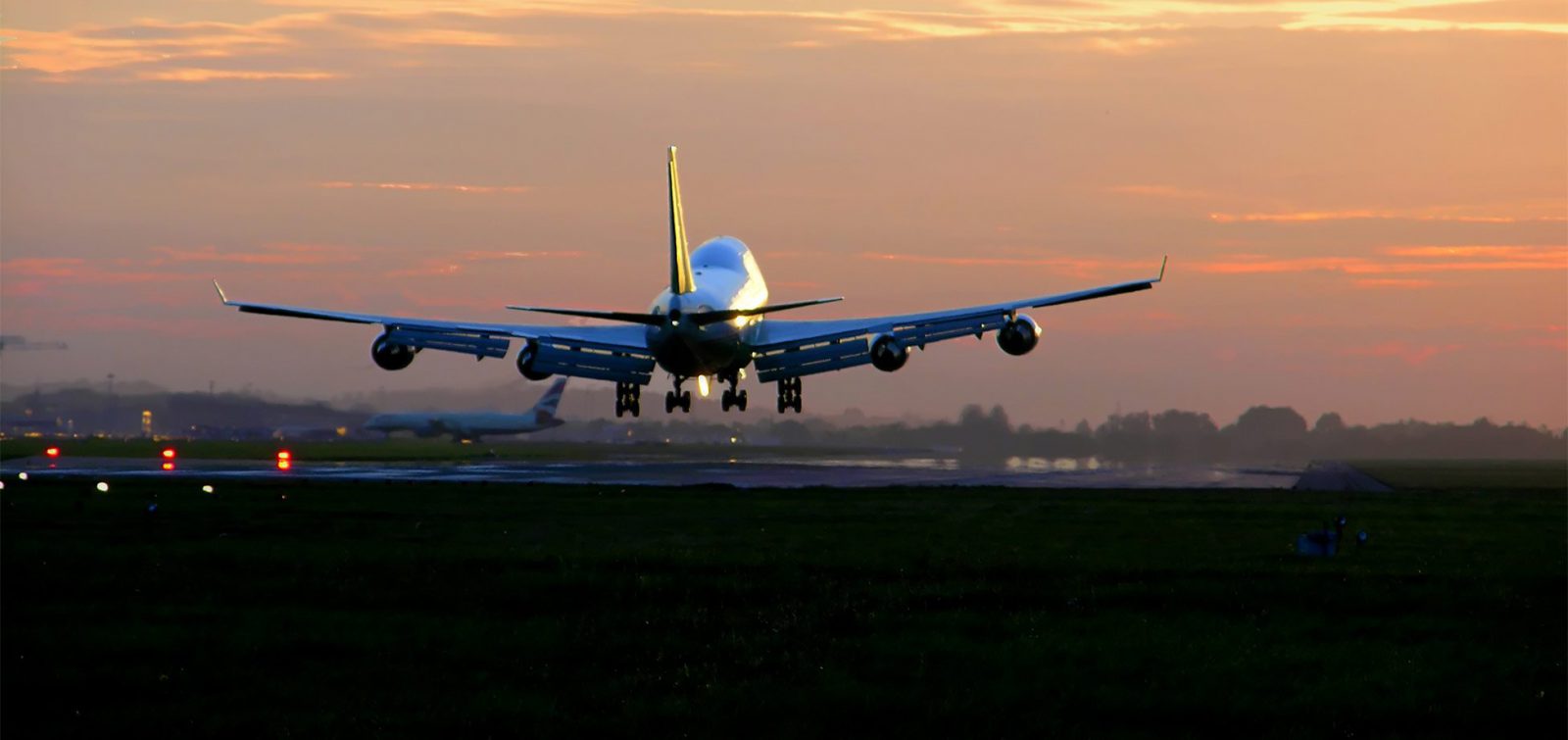As airport planners and environmental specialists, ESA’s airport specialists are always keeping an eye on new trends that affect airport operations. Two trends that we have been tracking are upgauging and NextGen. Upgauging is a trend in the airline industry that has had a profound effect on the growth in passenger traffic at airports throughout the world.
Upgauging occurs when an airline replaces an aircraft with a different aircraft of a similar type, but with a higher seat capacity. This enables the airline to carry more passengers on the same number of scheduled flights. As a result, over the past three to four years, many airports have experienced a record number of passengers while aircraft operations have seen only modest growth. This has several effects on the airports themselves, and the communities they serve.
In some cases, airports must plan for new gates or concourses that can accommodate the larger aircraft, while terminals may need to be reconfigured or expanded to accommodate the record number of passengers. Often, this growth drives the need for state and/or federal environmental documentation to assess the potential impacts of these changes. ESA is assisting several of our airport clients with these studies.
To the benefit of neighboring communities, the newer, larger aircraft are typically quieter and more fuel efficient than their predecessors, resulting in a reduction of noise and air emissions on an aircraft-by-aircraft basis. However, from the community’s perspective, because these aircraft are much larger, they appear to be flying lower even though they are flying at the same altitudes as their smaller counterparts (as demonstrated by the image above).
As this trend in upgauging is occurring, the Federal Aviation Administration (FAA) has also been implementing its Next Generation Air Transportation System (or NextGen) air traffic and airspace modernization program in several major metropolitan areas throughout the United States. The purpose of NextGen is to take advantage of satellite navigation systems (aka Global Positioning System, or GPS) and other technologies to allow aircraft to fly more safely and efficiently from airport to airport.
In some locations, the precision of the satellite-guided flight tracks has led to a concentration of aircraft over a relatively narrow corridor. This NextGen change, combined with the upgauging of airline fleets, has resulted in some residents under these new flight paths pressuring the FAA to return the flight paths to their previous locations.
NextGen capabilities also provide opportunities to concentrate aircraft operations over non-residential land uses, such as bodies of water and commercial land uses, and/or to use approach profiles that require minimal thrust, known as Optimized Profile Descents, or OPDs. ESA has been working with its airport clients to identify these opportunities through federally funded airport noise and land-use compatibility studies known as 14 CFR Part 150 Studies. The Part 150 Studies typically have extensive stakeholder outreach programs involving the FAA air traffic controllers, the airlines, local land-use planning agencies, elected officials, and the affected residents. The goal is to develop a noise compatibility program through a collaborative process that results in FAA approval.
In an effort to address the noise issue on a national level, ESA has submitted a problem statement to the Transportation Research Board’s Airport Cooperative Research Program (ACRP) titled, “Identifying Viable Techniques for Modifying NextGen Flight Track Design to Reduce Community Noise Exposure and Annoyance.” ACRP selects problem statements for research, and the results often lead to widespread benefits to the nation’s airports, their users, and the surrounding communities.
Our hope is that, as a result of ESA’s work at airports throughout the United States, the next time you look up and see an aircraft, it will be on a flight path designed to have the least amount of impact in your community. To learn more about airport trends and the changes we see from the advances in technology and aircraft design, please contact Mike Arnold at marnold@esassoc.com.








